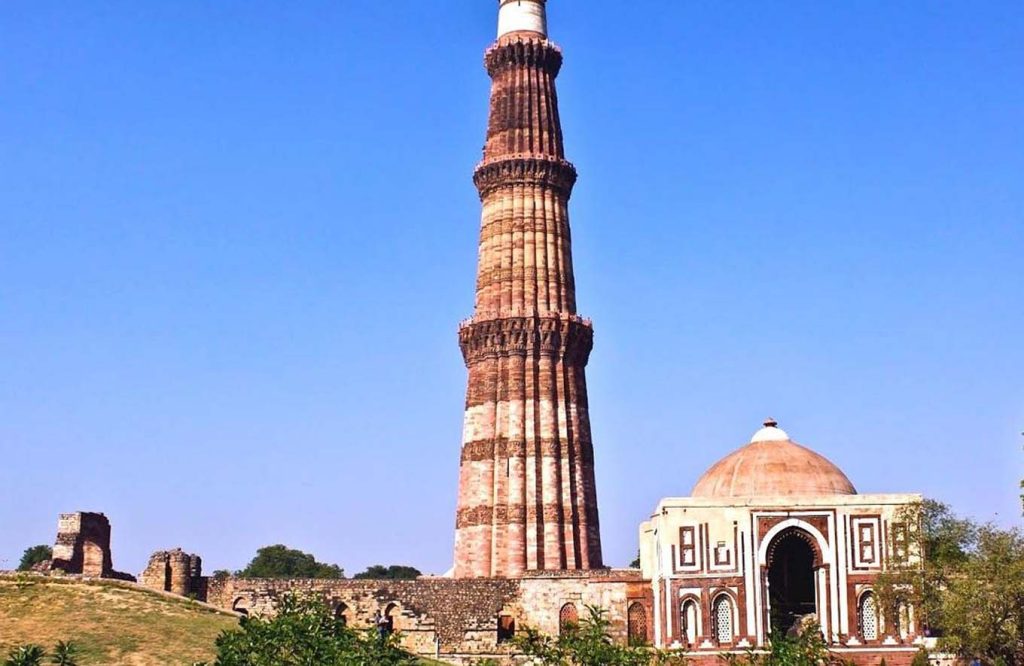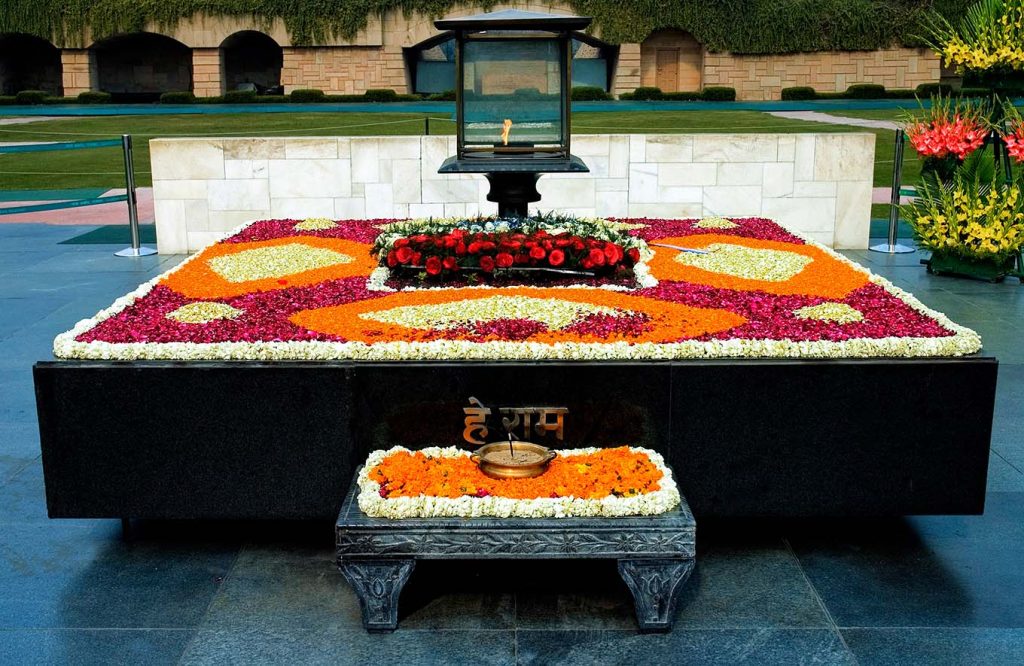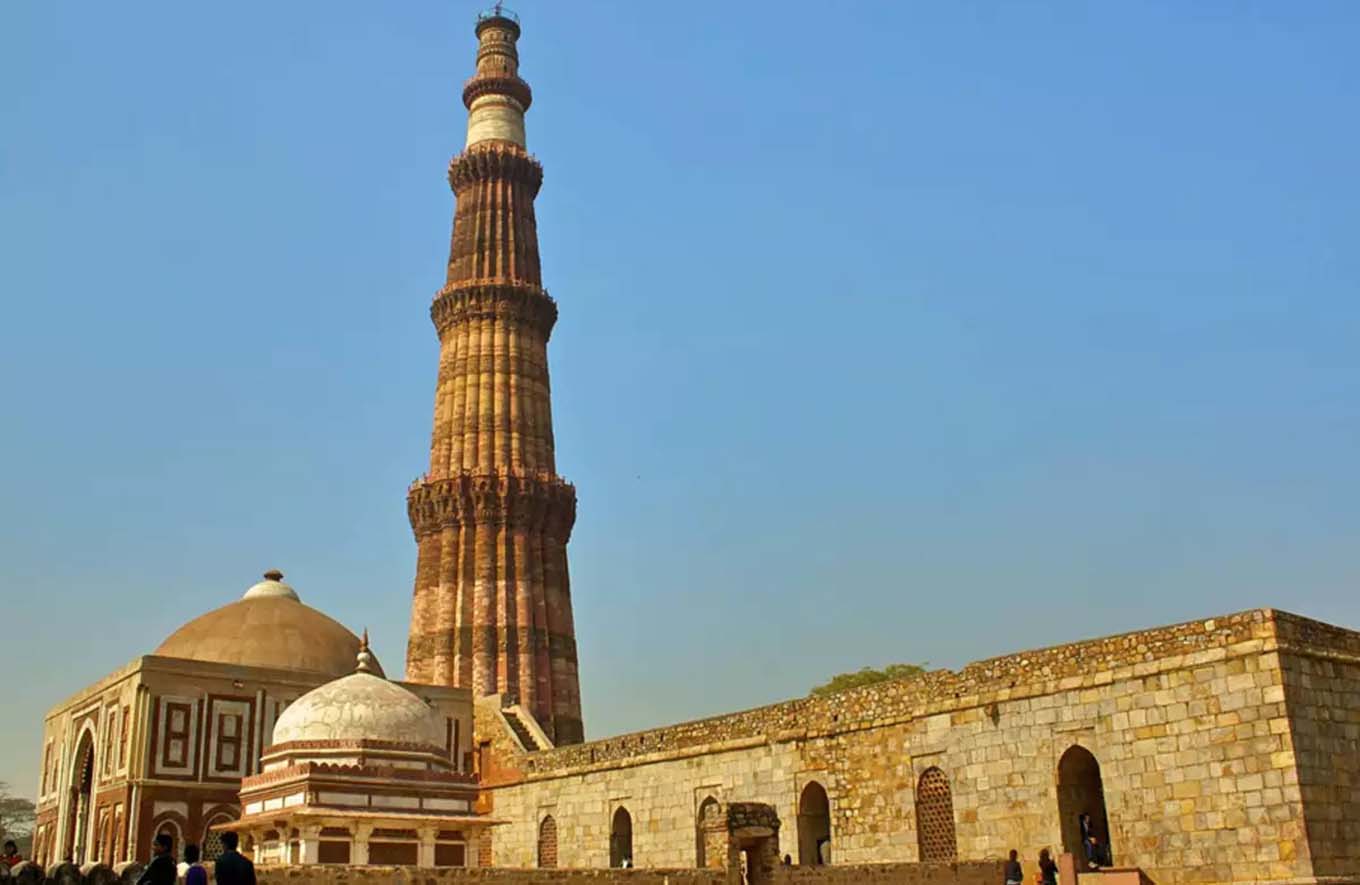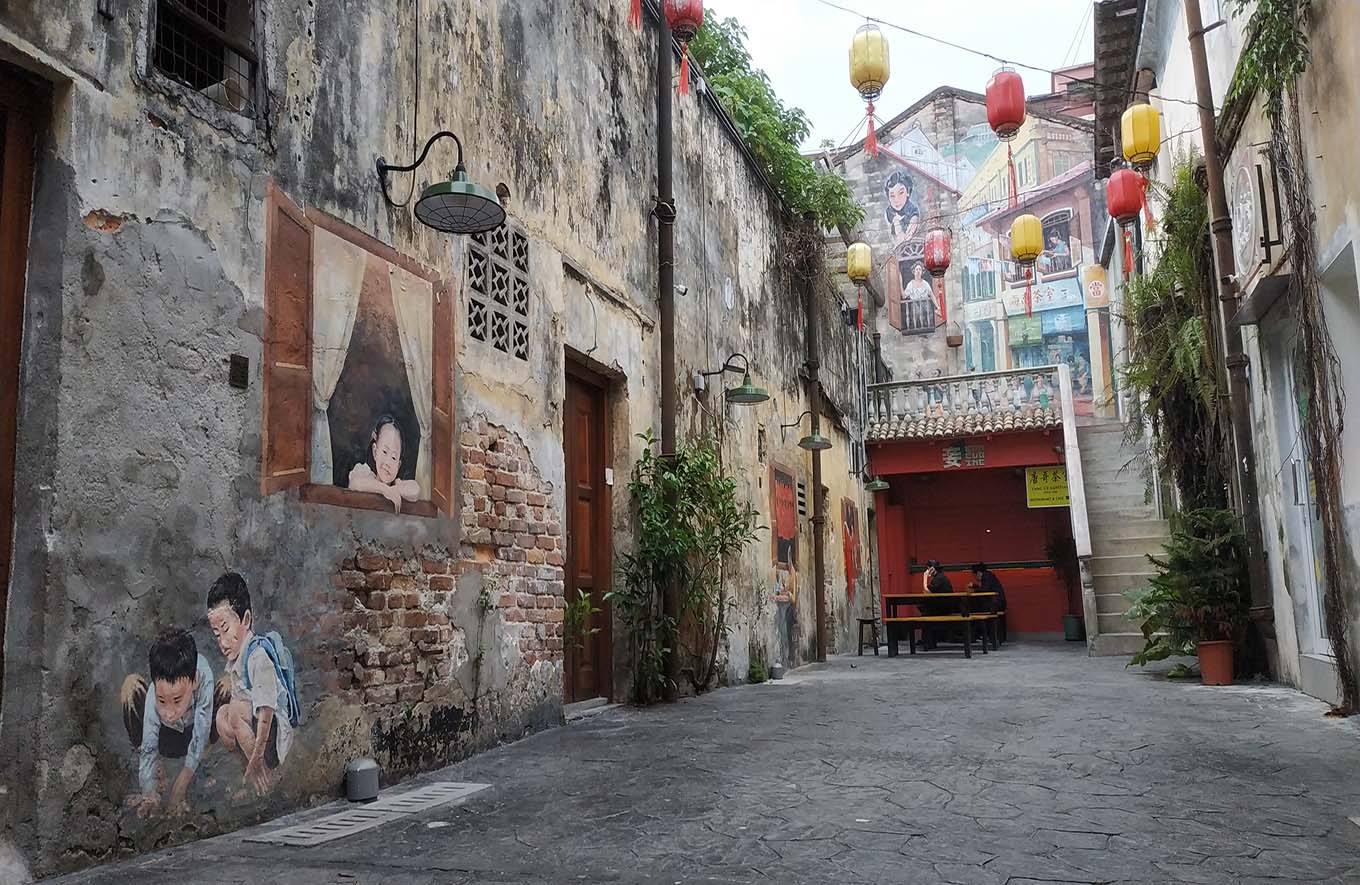Red Fort: A Symbol of India’s Rich History
Our journey through Delhi’s architectural heritage commences with the iconic Red Fort, a UNESCO World Heritage Site that stands as an emblem of India’s struggle for independence. This colossal red sandstone fortress, constructed under the reign of Emperor Shah Jahan in the 17th century, served as the principal residence of Mughal emperors for nearly two centuries. Its awe-inspiring architecture, intricate carvings, and the grand Diwan-i-Aam (Hall of Public Audience) and Diwan-i-Khas (Hall of Private Audience) are enduring symbols of Mughal opulence. Be sure to witness the captivating light and sound show in the evenings, bringing the fort’s history to vivid life.
Qutub Minar: An Ancient Marvel

Journeying back in time to the 12th century, we arrive at the Qutub Minar, another UNESCO World Heritage Site. Soaring to a height of 73 meters, this minaret is a masterpiece of Indo-Islamic architecture, commissioned by Qutb-ud-din Aibak, the founder of the Delhi Sultanate. The Qutub Complex also harbors other historical treasures, including the Alai Darwaza, the Iron Pillar of Delhi, and the Quwwat-ul-Islam Mosque. Ascend the winding staircase of the minaret for panoramic vistas of the surrounding landscape.
Humayun’s Tomb: A Garden of Tranquility
Embarking on a journey through the grandeur of the Mughal era, we arrive at Humayun’s Tomb, yet another UNESCO World Heritage Site. This resplendent tomb, constructed in the mid-16th century, foreshadows the Taj Mahal and is embraced by lush Mughal gardens. Its symmetrical layout, intricate calligraphy, and the use of red sandstone combine to create a masterpiece of Mughal architectural finesse. Meander through the Char Bagh (four-quartered garden) and marvel at the architectural brilliance that served as inspiration for the Taj Mahal’s design.
Jama Masjid: The Grand Mosque
A stone’s throw from the Red Fort stands the majestic Jama Masjid, one of India’s largest mosques. Commissioned by Emperor Shah Jahan and completed in 1656, this mosque is a splendid representation of Mughal architecture. With its expansive courtyard, three imposing gateways, and two towering minarets, it can accommodate throngs of worshippers. Climb to the summit of one of the minarets for breathtaking views of Old Delhi.
Lotus Temple: A Modern Architectural Marvel
In stark contrast to Delhi’s ancient heritage, the Lotus Temple is a modern architectural wonder. Resembling a lotus flower, this Bahá’í House of Worship is celebrated for its stunning and innovative design. The temple warmly welcomes individuals of all faiths to meditate and pray within its serene environs. Its pristine white marble exterior and tranquil pools create an ambiance of serenity and unity.
Raj Ghat: A Tribute to Mahatma Gandhi

Take a moment to pay homage to the father of the nation at Raj Ghat, the memorial of Mahatma Gandhi. This unadorned black marble platform marks the location where Gandhi was cremated following his assassination in 1948. The tranquil gardens surrounding the memorial offer a serene setting for reflection and remembrance.
Tips for Exploring Delhi’s Architectural Heritage
Having traversed these historical marvels, it’s essential to keep the following tips in mind for an enriching visit:
- Respect the Sites: Many of these sites hold profound religious or cultural significance. Dress modestly and maintain decorum while visiting.
- Guided Tours: Consider opting for guided tours to gain deeper insights into the history and architecture of these monuments.
- Entry Fees and Timings: Verify the entry fees and opening hours for each site, as they may vary.
- Footwear: Remove your shoes when entering religious sites and some monuments. It’s advisable to carry socks if needed.
- Photography: While photography is generally allowed, be mindful of any restrictions and respect the privacy of worshippers.
- Hydration and Sun Protection: Delhi’s climate can be quite hot, so carry water, wear sunscreen, and don a hat to shield yourself from the sun.
- Local Cuisine: Don’t miss the opportunity to explore local cuisine at nearby eateries, where you can savor Delhi’s culinary delights.
Delhi’s architectural heritage offers a captivating glimpse into the city’s illustrious history and cultural tapestry. Each monument tells a unique tale, showcasing the artistry and craftsmanship of its era. As you explore these historical marvels, you’ll not only journey through different epochs but also gain a profound appreciation for the enduring legacy of India’s capital city. Enjoy your architectural voyage through Delhi!



